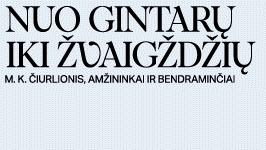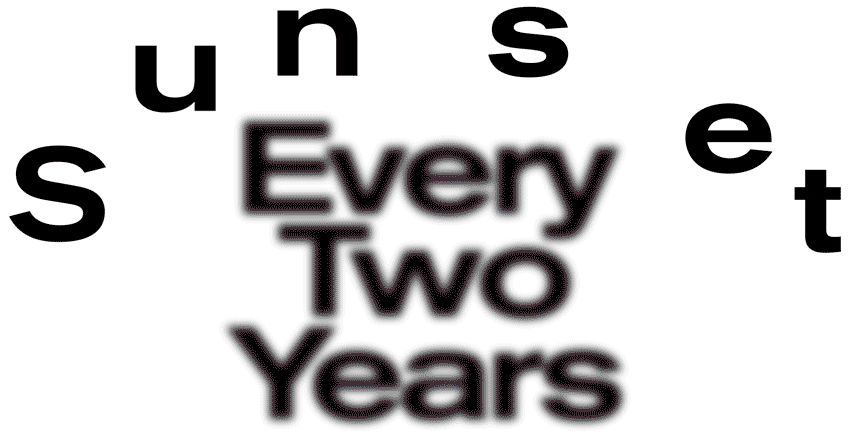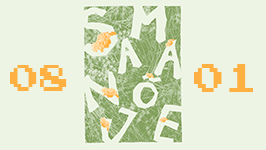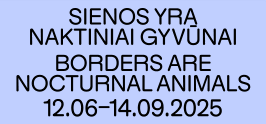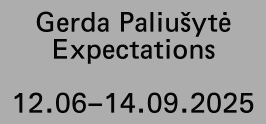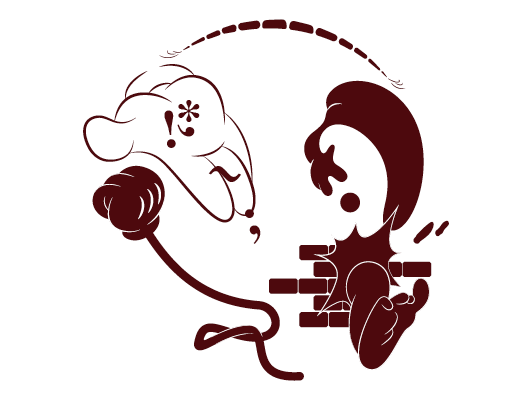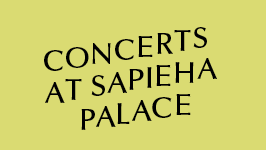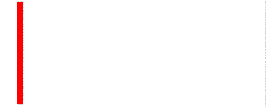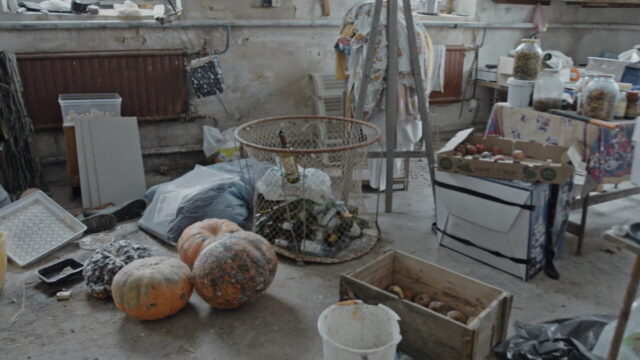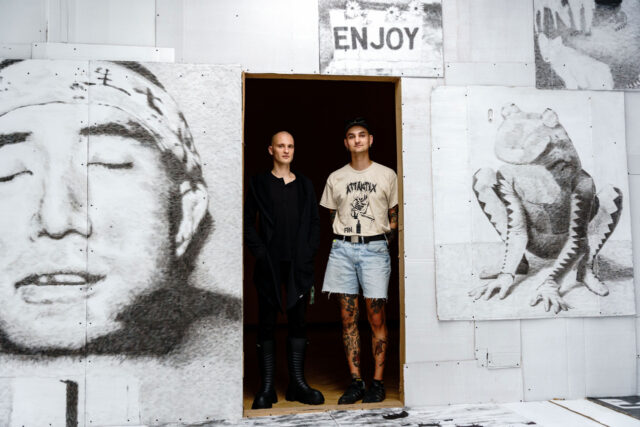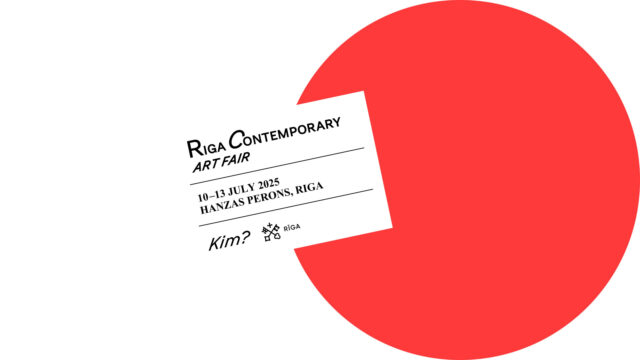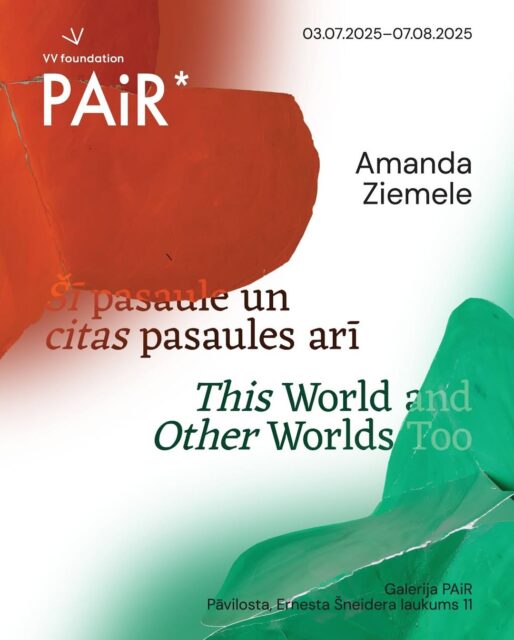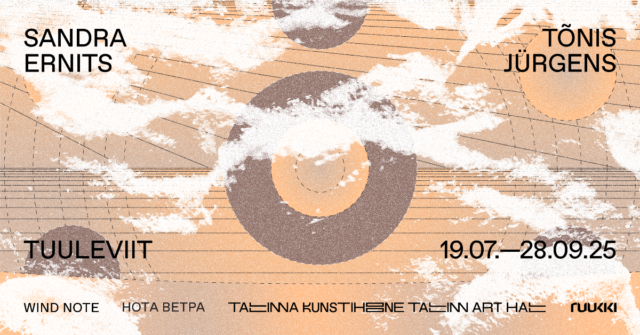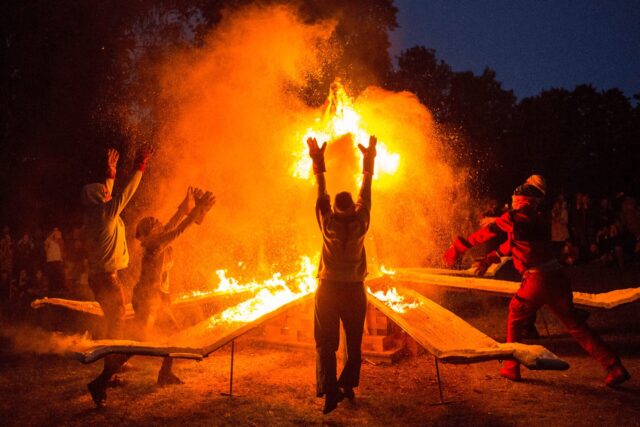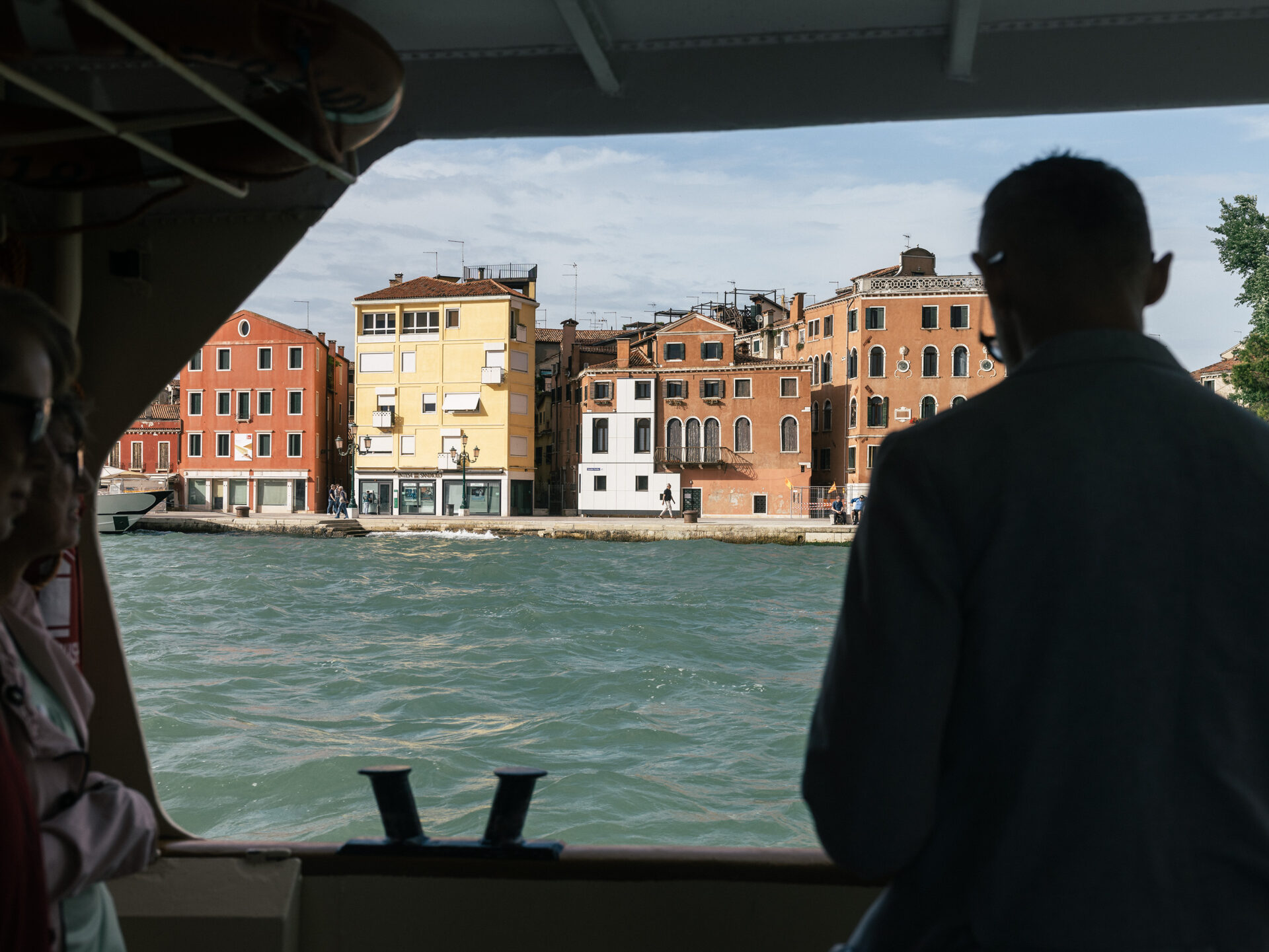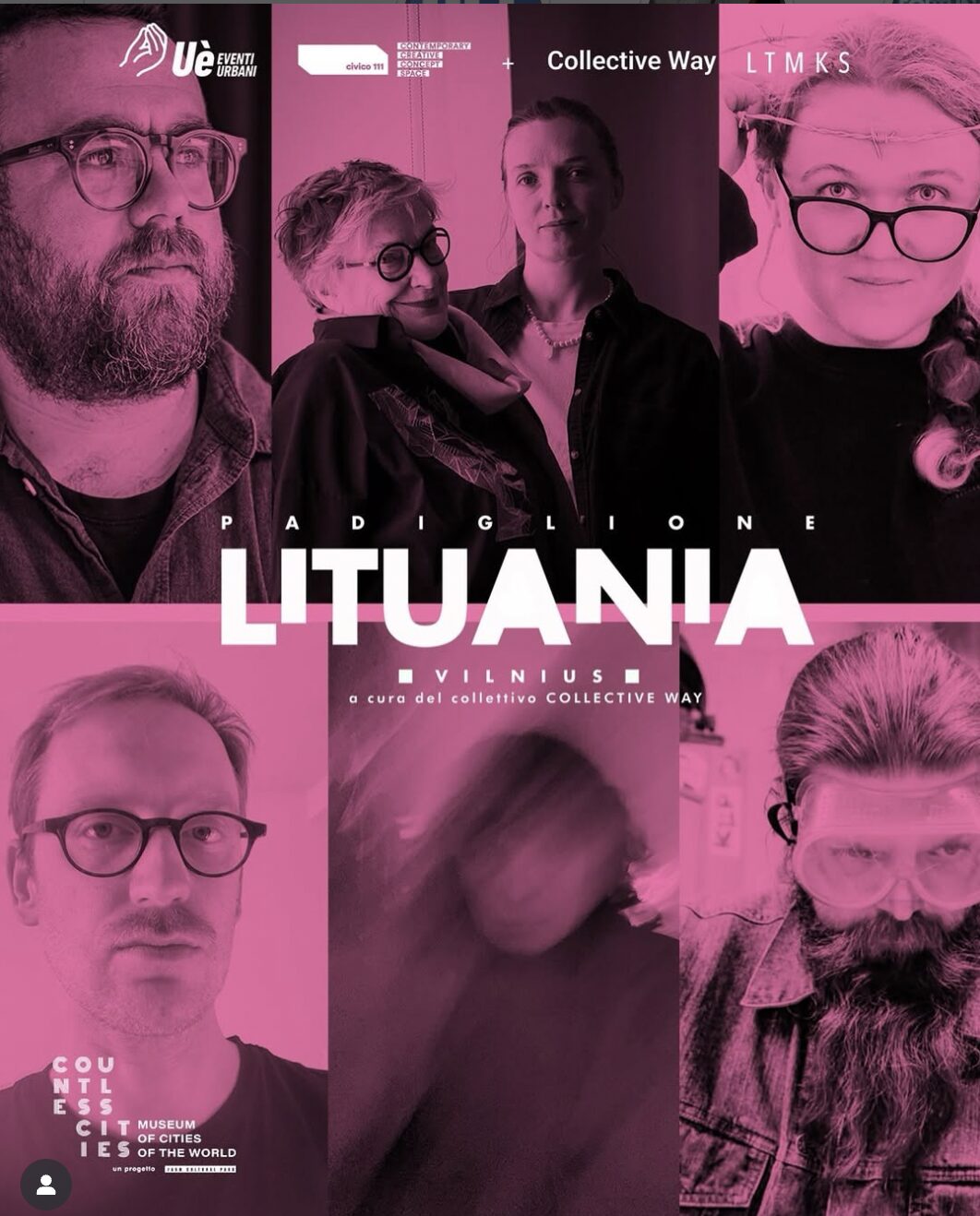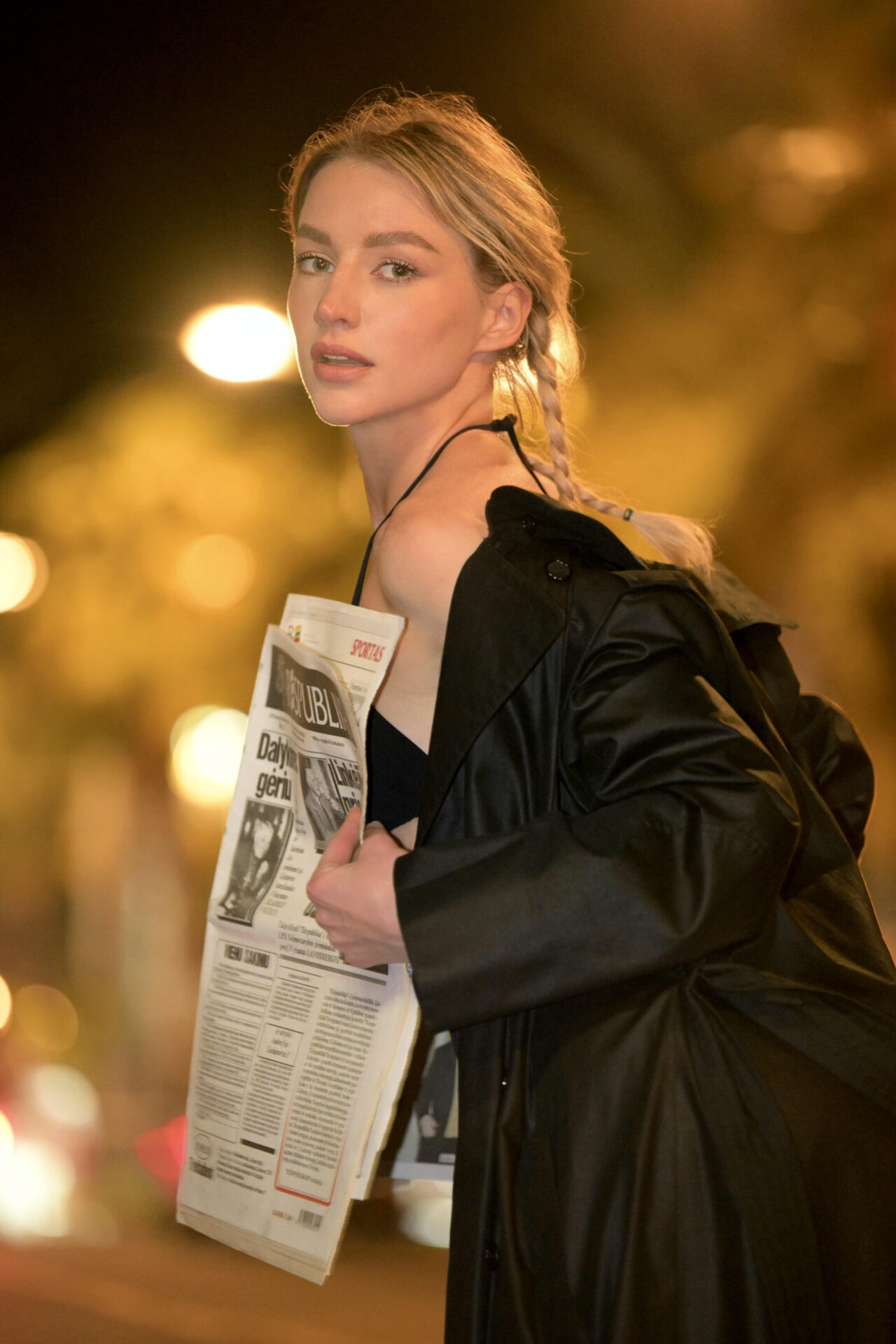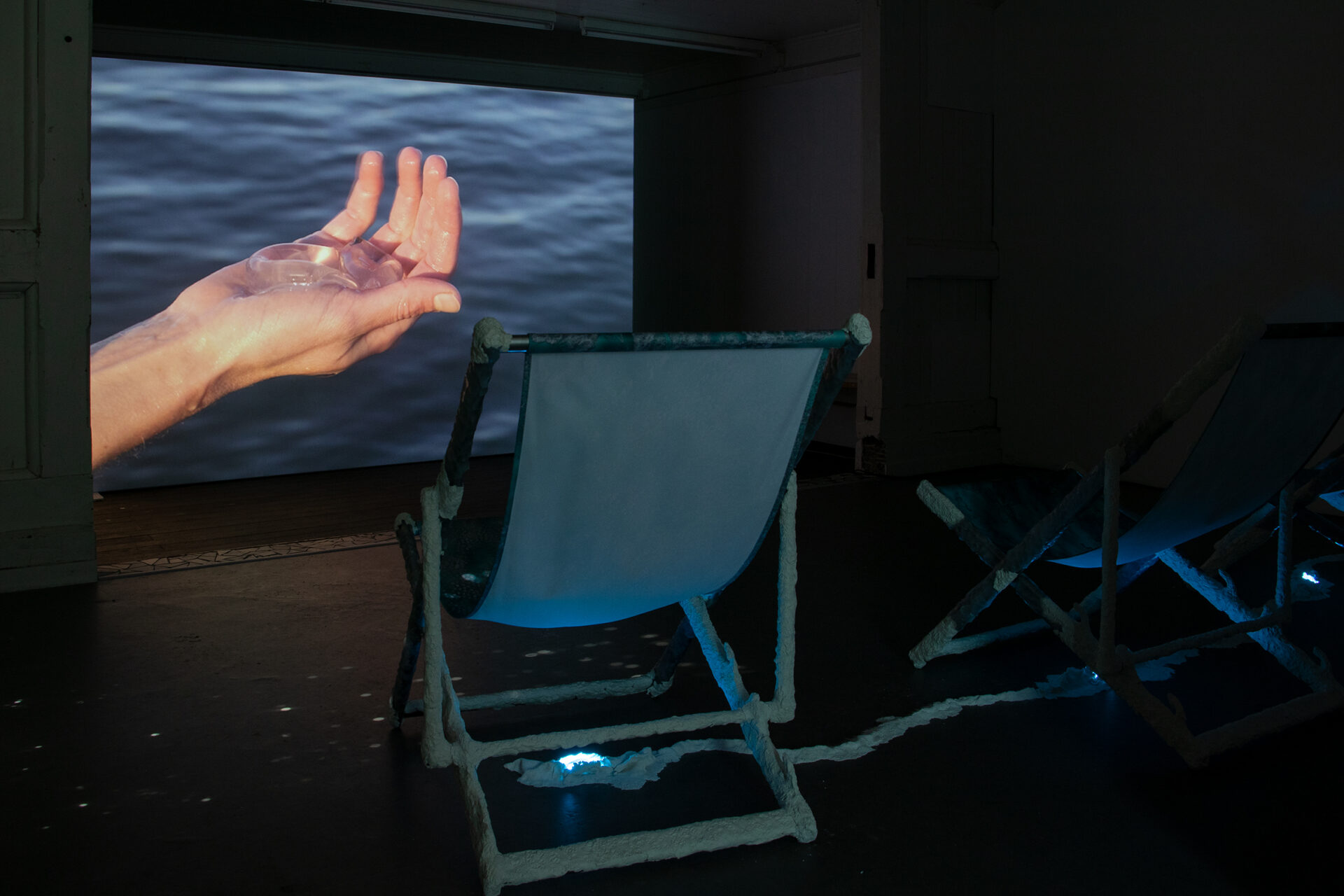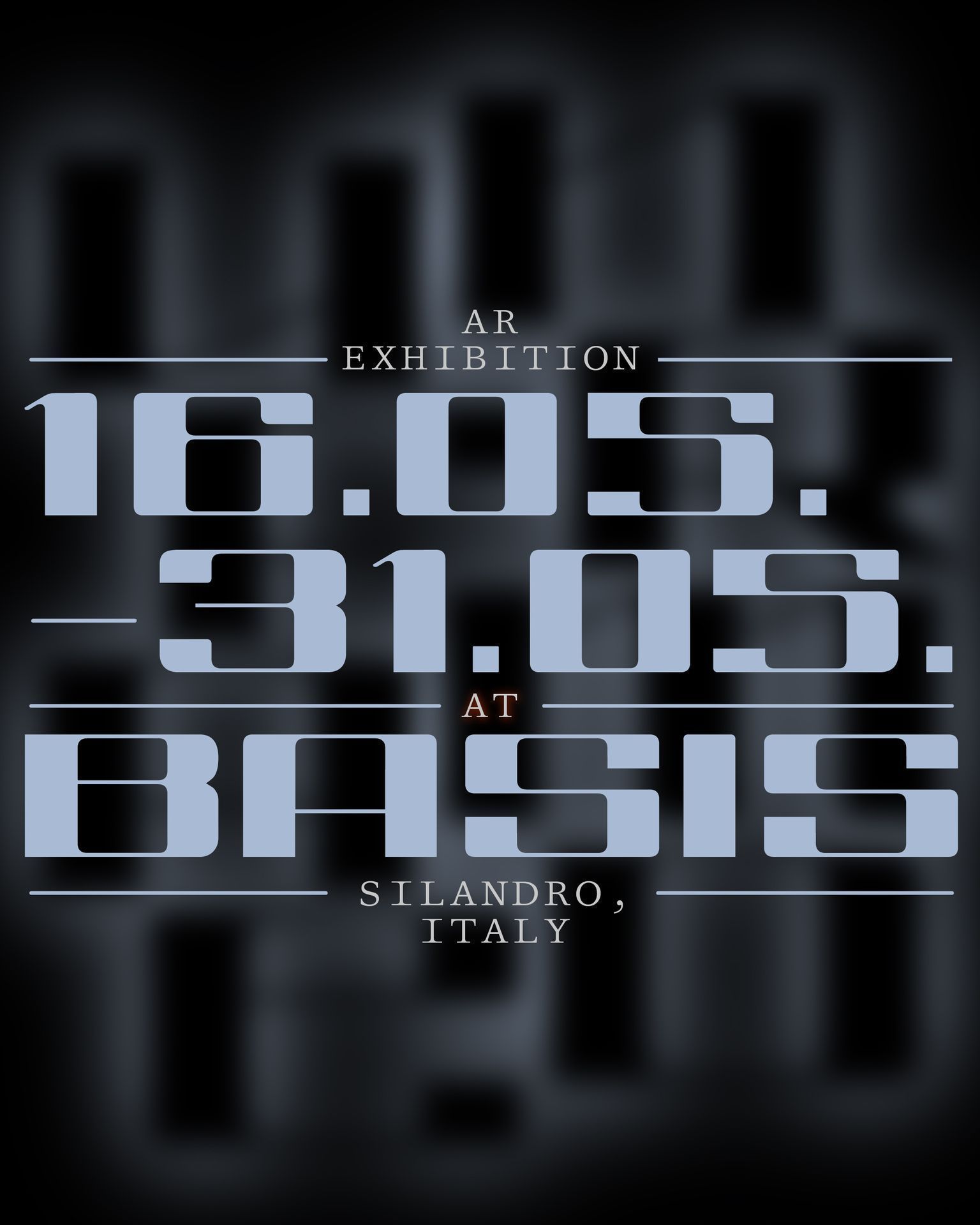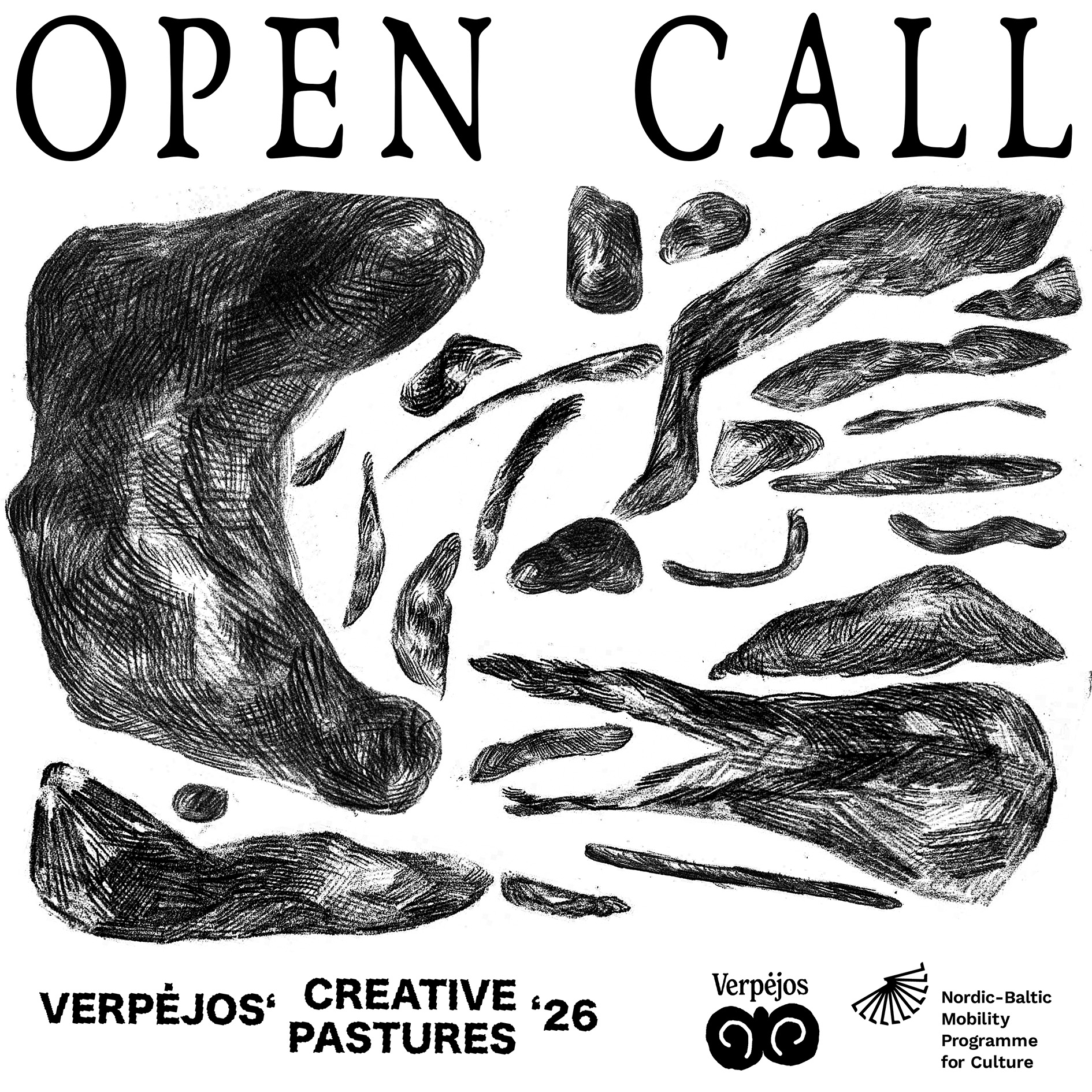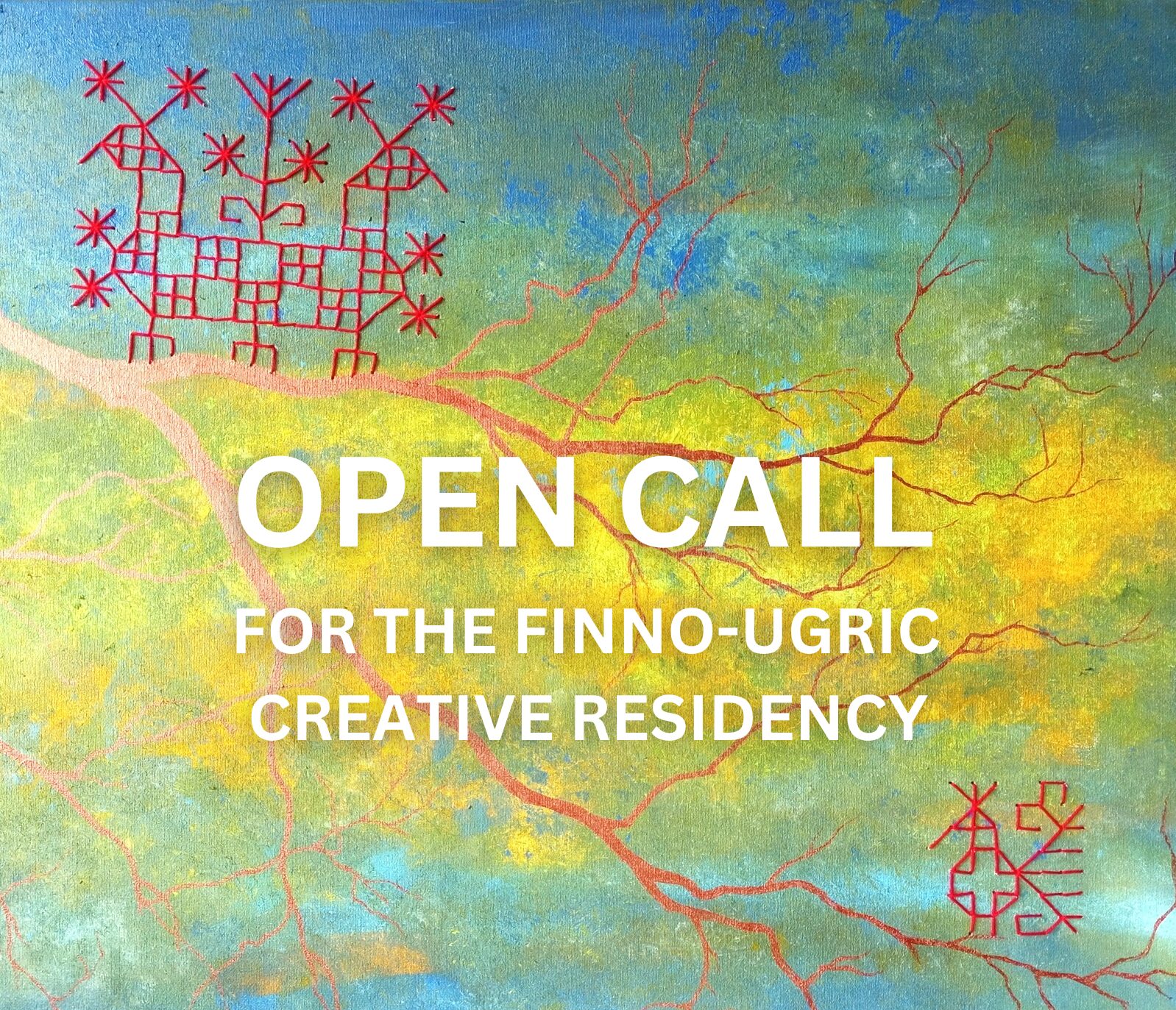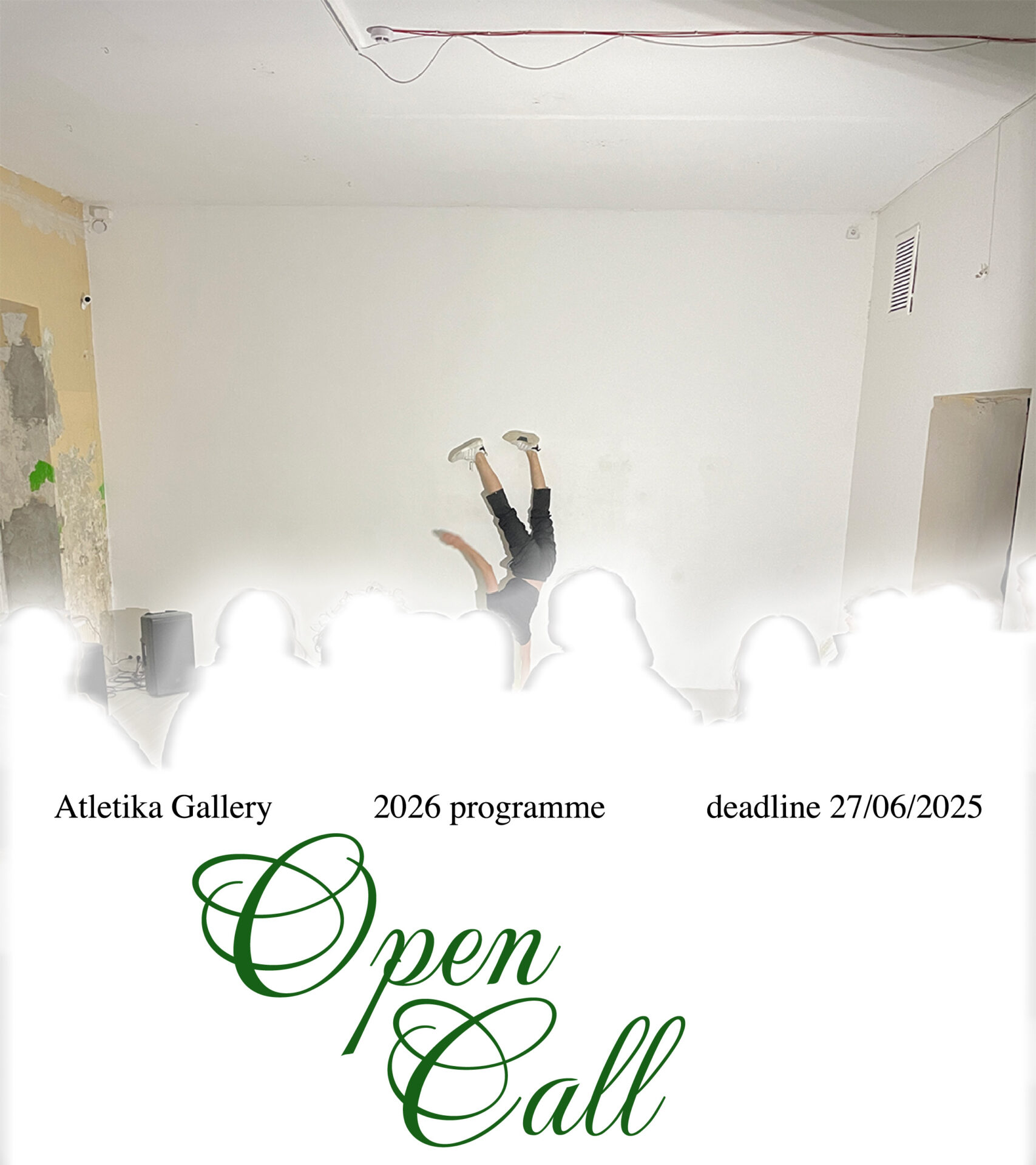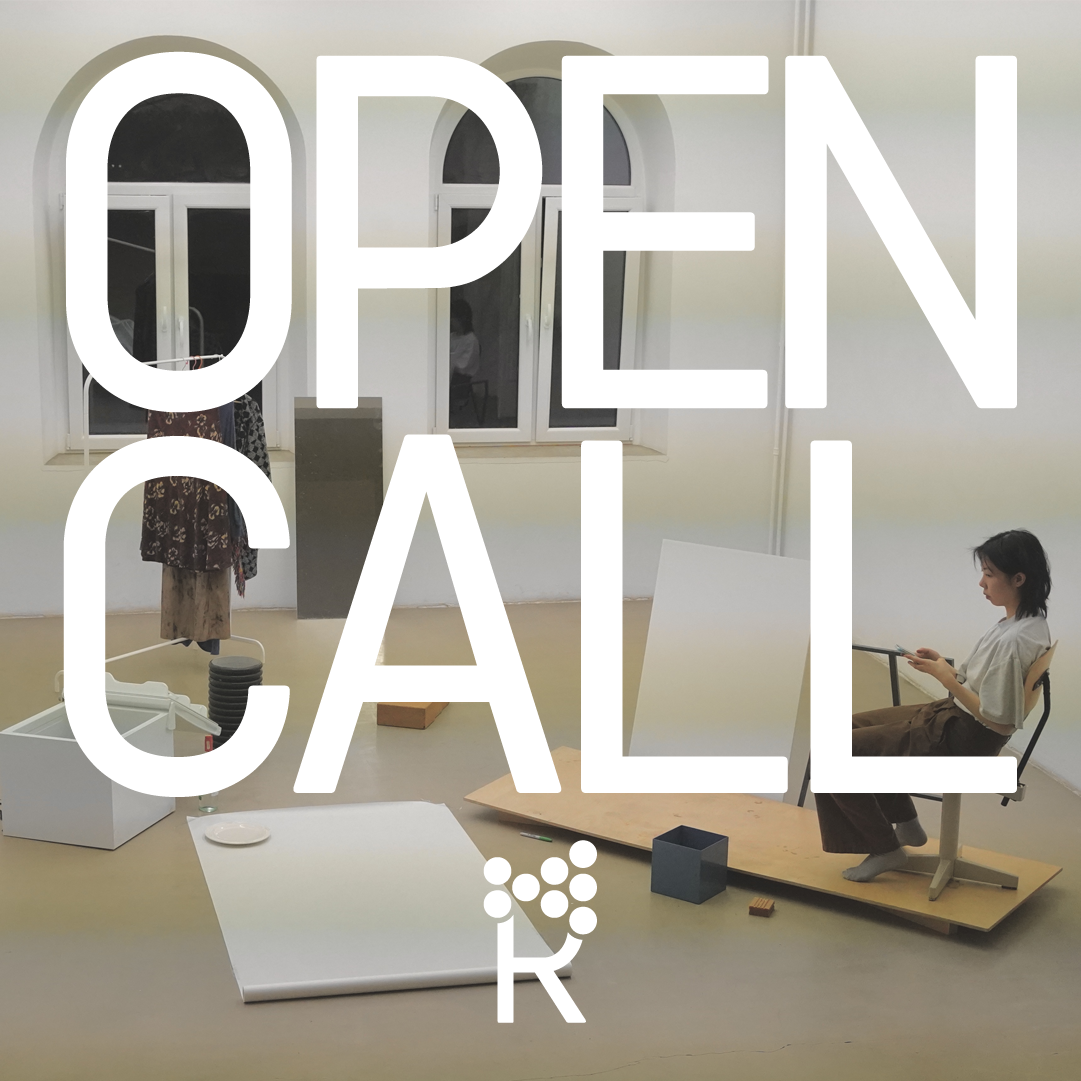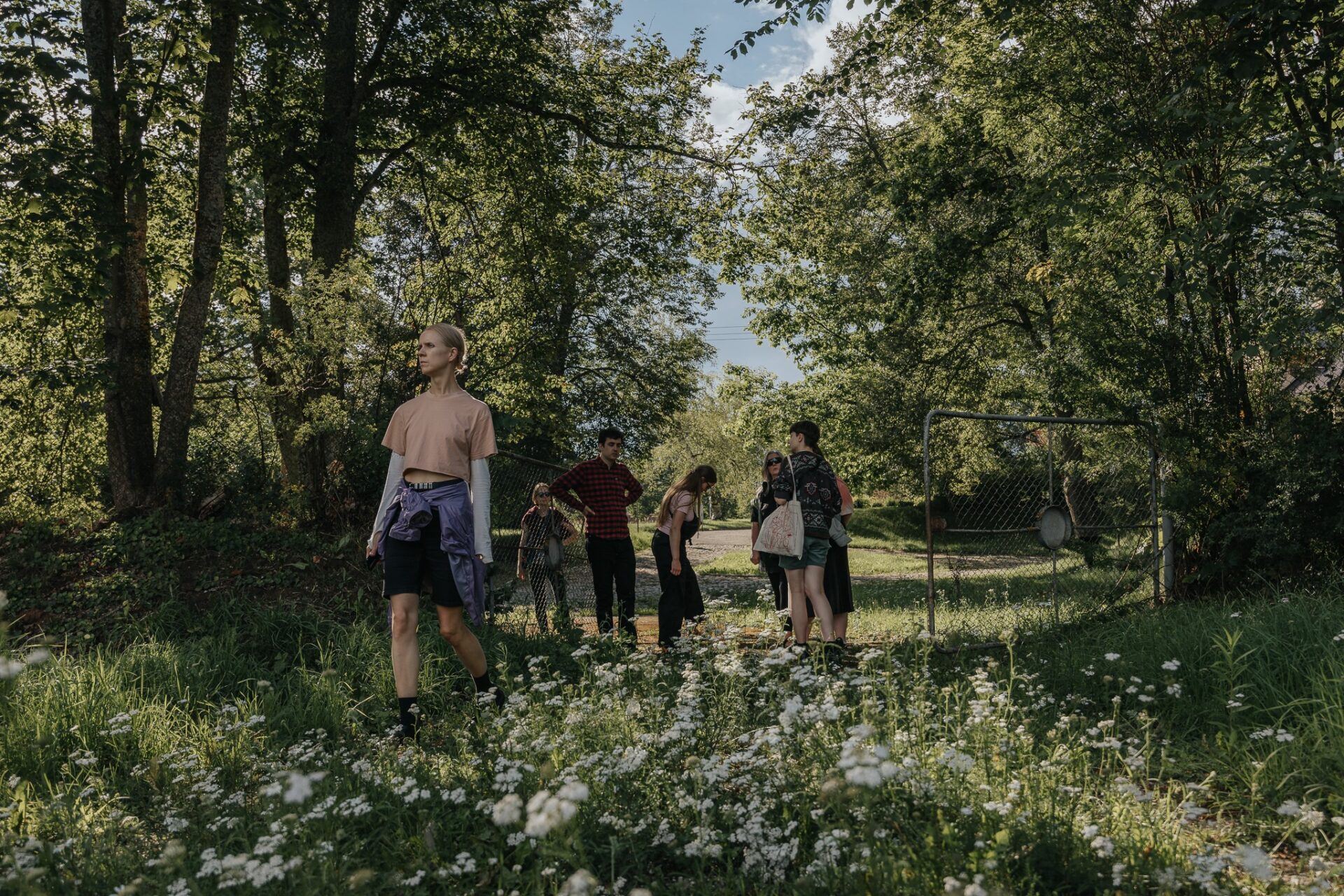
Christoph Wirth, Reframing applause, videoloops of the performative research from the project !APPLAUDE(!), film still
On the 5th of December a first self-curated exhibition ‘Parasite & Mimicry’ by residents of Nida Art Colony was opened at Contemporary Art Center in Vilnius. Timos Alexandropoulos (GR), KVM (Ju Hyun Lee & Ludovic Burel, KR/FR), Christophe Wirth (DE) and Irina Gheorghe (RO) proposed tactics placed in between exist/resist, outside/inside which unfold in the sound/video/performance based platform.
We met with Irina Gheorghe back in Nida after the opening to talk about the concept of the exhibition and its representation in the pieces exhibited, self-curation and her piece ‘The Attack of the Lateral’ featured in the exhibition.
As far as I know, the exhibition was supposed to be a culmination of the a 7 week Fellowship Program “Counterhegemony: Art in a Social Context” in Nida Art Colony. What happened that you decided to break collaboration with the curator and make a show on your own?
In the first week after we started the residency it became very clear that the collaboration would be impossible, for many reasons that we prefer not to comment on. At this stage we decided that the only way we could go on was to have a very clear separation of a space for us to work, which had proved impossible in the previous conditions of the project.
Who came up with the title? How do you understand the concepts of mimicry and parasitism separately and in comparison? How do they work together, connect?
As we curated the exhibition ourselves, the title and the concept were a result of a longer process of working together and trying to find connections in our works, points of common interest. As we were coming from quite different practices and contexts this took a while, but it was an interesting process. We discussed issues such as obliqueness, subtraction, separation, archival. In the end we decided that a certain idea of a third way of placing oneself in relation to dichotomous power dynamics would be the main thing we would like to address. Between power and counter-power, between inside and outside there is always a diagonal approach which blurs these distinctions, and we realised this was something we were all interested in. There were also heavy debates around the issue of manipulation which such a transversal approach involves. At this stage I mentioned parasite and mimicry as concepts I had engaged with before in my research and in the practice developed with the collectives I am part of in Bucharest. I wasn’t necessarily thinking of it as a title at the time, but the others thought it came closest to the ideas we had been discussing the previous days. In the end it was a phrase that stuck.
The way we understood the figure of the parasite (and parasitism as a strategy attached to it) was very much connected to the concept of mètis, discussed recently in the work of Benedict Singleton and in debates around accelerationism. In ancient Greece mètis was defined as a type of wily intelligence which is neither skilled (like techne) nor productive (like poesis) but rather, as mentioned in the text, “a strategy of persisting within the given”, a way to “manipulate the structures where power is at work”. It’s a strategy which involves, rather than placing oneself in opposition to a certain context, finding its limit points in order to shift them. Mimicry is a central part of such a strategy, there is no cunningness without imitation.
However I would also mention the fact that the works are not necessarily illustrations of these ideas, they are all coming, as I was saying, from very different lines of research. Our intention was more to outline some general strategies we were all interested in and to create a context in which the concept and the separate works can enter into a dialogue with each other.

Timos Alexandropoulos, Intersection, two-channel synthetic sound. Photograph by Ilektra Simou
Was this your first time when you curated the exhibition yourself in collaboration with participating artists? How did it feel to be in two positions at once – that of the organizer and the participant? In which position you were involved more?
It was very natural and did not feel strange at all. First of all there was a very nice dynamic in the group, and secondly I think all of us had already been in this situation before. In the context that I am coming from self-organisation is more the rule than the exception. It is very often the only possible way of working as things are not settled and artists end up playing all the roles at the same time: they set up their own institutions, they write their own texts accompanying the work, they do design and documentation work. Also the relationship between artists and curators is slightly different from the hierarchical divisions usually set in place, you can of course have the expected situation of a curator inviting artists for a project, but very often you have the opposite: artists working on a project together and inviting a curator to be part of it at a later stage (as it happened several times with the projects proposed for the Romanian Pavilion at the Venice Biennale). This multitasking system is on one hand coming from a lack of resources which makes things very difficult sometimes, but on the other hand the fact that things are not so tightly set in place creates room for certain types of practices which would not fit in more solidified environments.
So for me there is no conflict in artists organizing themselves and curating something together. Also, it was not the case of one person trying to play all the roles at once while keeping the rest of the hierarchy in place, as seems to happen a lot recently with big exhibitions in which the curator decides to be an artist as well and includes a work of theirs in the exhibition, but the rest of the system stays as it was. In our case it was a situation of a group making decisions together, which we all enjoyed very much.
What was the main goal for you as a group? What were you trying to achieve? Could you shortly describe how the concept of the exhibitions unfolds in other artists pieces and how they work together as a whole?
The main thing we wanted to do was to create a space where each of us could continue to work on their individual projects while having a space of dialogue and collaboration. When we decided to make an exhibition together the main idea was that of defining a space and a strategy beyond binary oppositions between outside and inside, the third way mentioned at the beginning. This manifests itself in different ways in each of the works. For Timos it was the ambiguous position occupied by a number which was both legal and illegal at the same time: a prime number large enough to be archived, but at the same time deemed illegal as a result of a hacking case. For Christoph it was the introduction of an element of the theatre frame (applause) on stage, at the very core of the performance, creating a mirror situation in which it was not clear anymore who was mimicking who. For Ju Hyun and Ludovic it was by inhabiting the pop culture dispositif of karaoke and changing its purpose to address the intersections between Western and Asian culture.

KVM (Ju Hyun Lee ir Ludovic Burel), Nov Power / Vitamin B
How does mimicry and parasitism reflect in your video-performances ‘the Attack of the Lateral’?
As I said, none of us really thought of the works as a direct reflection of the concepts of parasitism and mimicry. However there are some connections, the first being the very obvious one of building a mimetic second border: imitation, rather than transgression, might be a more suitable strategy for contemporary times. In terms of parasitism, it is maybe more connected to the concept of noise that Michel Serres discusses in relation to the parasite: noise is actually the second meaning of the word in French, it is an interruption but also a fuzzy middle ground: “<…> the answer is a spectrum, a band, a continuum. We will no longer answer with a simple yes or no to such questions of sides. Inside or outside? Between yes and no, between zero and one, an infinite number of values appear, and thus an infinite number of answers.” (The Parasite, 1982).

Irina Gheorghe, The Attack of the Lateral, film still
You were the only artist who did work in/with the place (Nida)? Was it your intention in the first place to create something here or did it just happen?
I was planning to work on something new when I first applied for the residency and I was thinking the specific geography of Nida might have a part in that, but I wasn’t sure at the time how this could happen exactly. My intention was to use the natural environment while of course taking into account all the history of landscape art attached to it, from painting to cinema to conceptual art and the whole tradition of performance in remote places, all working on the thin margins of the visible to touch on the realm of the invisible, on abstract matters such as space, time, duration, etc. I was thinking that this whole landscape tradition could enter into a dialogue with recent debates in philosophy originally grouped around the name speculative realism, in particular Quentin Meillassoux’s discussion of the “great outdoors” which according to him has been lost in contemporary philosophy: the absolute outside “existing in itself regardless of whether we are thinking of it or not; that outside which thought could explore with the legitimate feeling of being on foreign territory – of being entirely elsewhere” (After Finitude, 2008).
These were my initial thoughts but the result was more open-ended, and this was partly due to the discussions we had in the group around issues such as separation and cut which were important for us in devising the exhibition, mainly the separation of the discursive part from the actual installation: all of us were coming from quite extensively research-based practices, but we decided to keep this part separate and have a very minimal display in the space. At this stage I decided for a separation of action from words and discourse, which I hadn’t done in a while. I am becoming more and more interested in what other tools we have at hand beyond language (as language is something I have been using a lot lately), and also in what practice can do beyond our intention. Without dismissing the importance of the artist’s intention, there is always something happening beyond that, and I wanted to give it a try and leave more room for it.
There is this obsession with the border (Lithuania-Kaliningrad) amongst artists who come to Nida. Why do you think is it and why did you decide to work with the border yourself?
I am not surprised that other artists were tempted to work with the border here, it is a very interesting place both politically and symbolically. On one hand there are the obvious political implications, it can be seen literally as a contemporary border between east and west – fraught with problems as the meaning of these concepts might be – but geographically reversed because of Kaliningrad’s location as an enclave: there is this paradox that one needs to go west to encounter the border to the east. On the other hand the remoteness of the border itself from any inhabited area and also from the actual points of control, its minimal appearance (some sticks in the ground on a deserted shore) make the location very powerful symbolically, beyond the concrete political implications. This is actually why I wanted to use it, I am interested in the border as a more abstract concept, as a territory of overlapping between two distinct areas, an ambiguous zone which makes it unclear where one area ends and the other one starts. That’s why we can think of the border as not necessarily a line, it can be a zig-zag, a circle, a fuzzy area, or even – to quote Michel Serres – the geometrical figure of a torus. In this line of thought I was interested in an action that would change the geometry of the border, and did so by building a second line, an internal border, tighter even than the real one. A fictitious border which creates the impression of fuzziness, of “seeing double”. This fictional side, combined with the isolation of the place call to mind other, more outlandish borders: the border to the above mentioned great outdoors, or even, in the tradition of the occult, the boundary between the natural and the supernatural.
You made two video-performances, ‘which are an attempt to enact the possible gestures of UFO metaphysics’, what does that mean? How is this intent reached in the film? What’s the connection between your two approaches, besides the obvious (sand, sea, emptiness, you, the action of making signs)?
I was thinking of the UFO metaphysics as a concept (if a bombastic one) to address the questions I mentioned above: how to engage with a reality which is utterly alien, das ganz Andere. The very abstract concept of otherness, of alterity, could bring together political otherness, the alien from outer space travelling to Earth on a UFO, as well as the foreign territory of an alien reality beyond perception.
The gestures themselves have various references, from the gesture of the man on the Pioneer Plaque (one of the first CETI messages sent into space) to the history of navigation signaling to horror film references such as John Carpenter’s The Fog which stages the encounter with another world (the world of the dead) through a fog on a beach.
But most of all what was important for me was the tone of this encounter, which beyond the hope of sci-fi narratives or the dread of the horror genre has more to do with the absurd. Probably more than anything else the work is about impossibility.
Exhibition will be open up until 21st of December at Contemporary Art Center in Vilnius. More information about the exhibition and descriptions of the work you can find here.

